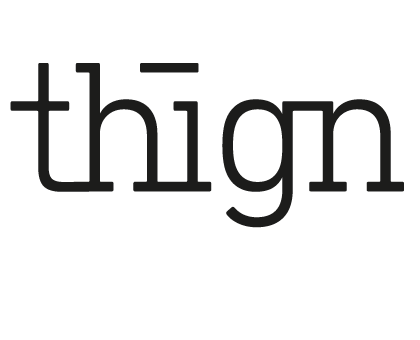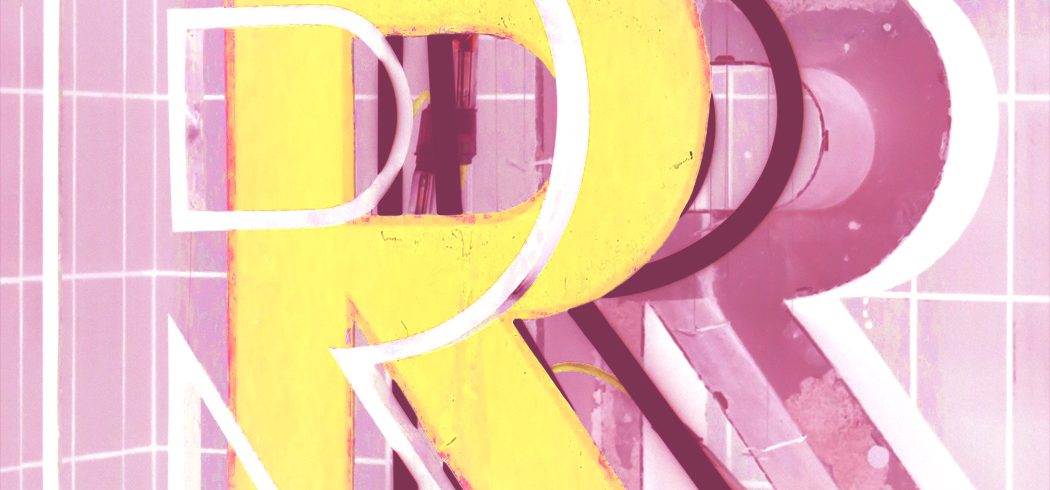Each design is a quote into the future
Each design is a quote into the future. The expression plays with familiar terms which, considered individually, seem to point in the opposite direction. However, if the phrase is viewed more systemically, a possible meaning becomes easier to read.
“Design” – in terms of its meaning – is in itself something directed towards the future. There is a “point of view”, a “thrower” and the corresponding “throw” with a goal in mind. In the German language, “Entwurf” stands in contrast to the English word “Design” and thus achieves a unique feature. The “draft” is primarily seen as a “plan” or an idea for an implementation (of a new product). The term “design” thus includes a conceptual approach in the sense of an “thought design”.
At first glance, “quote” seems backward looking, static and preserving. How can the quote refer to the future?
If we turn to the Latin meaning of the word stem “quote”, we experience the following:
Latin citatum: “the quoted; mentioned”
Latin citare: “summon; convene; invoke one’s testimony; cite; mention”
Latin ciere (citum): “set in motion; excite; drive; call; summon”
In the 15th century, quotation in the legal language also had the meaning of “to cite before the court”. Here you can see that it is not only about a reference but automatically also about an examination of the quoted text.
Quotation is not without reason. With a quotation we want to establish a reference to an extended context. We use the same codes – use them, strengthen them, question them, extend them, transform them …
But a quotation always contains abstraction. In spite of the source, the quotation is taken out of context and adapted to our needs and finally “transformed”. We add a new context (our “text”) to the quote and thereby extend it. The original meaning is thereby “softened” and expanded. The quotation serves as a connecting point of our draft (thesis) to the existing (if possible, recognised) knowledge. This shifts it into a known context and implies reading and understanding it out of that context.
In order to clarify what the whole thing has to do with draft and design in the design context, the following quotation by Jacques Derrida is intended to expand the concept of text:
“So what I call a text is everything, is practically everything. It is everything, that is, there is a text as soon as there is a track, a differential reference from one track to the other. And these references never stop. There are no limits to the differential reference of one track to the other. A track is neither a presence nor an absence. Consequently, this new concept of the text, which is without limits – I have therefore said, even as a joking remark, that there is no outside of the text – presupposes, therefore, that this new concept of the text cannot at any moment fix something outside of the realm of differential reference, which would be a reality, a presence or an absence, something that would not be itself, marked by the textual différance with an ‘a’. I have believed that it would be necessary to carry out this extension, this strategic generalisation of the concept of the text and to give deconstruction its possibility, the text is therefore not limited to what is written, to what is called writing as opposed to speech. The speech is a text, the gesture is a text, the reality is a text in this new sense. So it is not a question of restoring a graphocentrism against a logocentrism or against a phonocentrism, nor is it a question of restoring a text centrism. The text is not a centre. The text is this openness without boundaries of differential reference.”
Jacques Derrida, quoted and translated after: Peter Engelmann, Postmodernism and Deconstruction, Texte französicher Philosophen der Gegenwart, Stuttgart, Reclam, 1990, p. 21
Yes, the text is the openness without limits of differential reference. They are all tracks that have been derived and then lead back again. The reference is an infinite process of attributions, paraphrases, descriptions. “Everything is text” should therefore become the maxim of possibility itself.
Each design is a statement of opinion on the existing system. Next to the “Before” and “Now” there is a “After” which we call “Future”. This “After” corresponds for the most part to the “Before” in its diversity and multiplicity. The “tracks” of the past inevitably emerge in the “new”, because otherwise no comprehension and understanding would be possible. The “step” forward leaves a “track” like the previous one and is readable as a “track” of just this last step. In the context of the previous “steps” a logical sequence emerges.
The “track” as well as the “step” take place in a space-time continuum. It is precisely through this space-time continuum that there is always a reference. Rarely only an indescribable something falls to a certain place, without a determination of the “where from” is possible.
Is it even possible to design something that has no relation to the past at all? Could we even shape it? Would we even recognise it as “designed”? Would we even recognise it? Could we even describe it? I don’t think so.
In every design, the “Where from” can be determined, the “Where to” the possibility of change. The design is the “writing” with a direct or daring goal, not without direction but directed, not without content but with existing “signs”, not “without text” but connected to the context.
Each design is a quote into the future.
—
A revised and finalized version of this article was published in Neuwerk magazine # 8 – Das Magazin für Designwissenschaften – at the end of March 2021.



